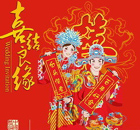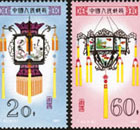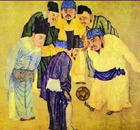Delicacies
Lu cuisine
(chinahighlights.com)
Updated: 2011-01-05 15:21
 |
Large Medium Small |
Lu Cuisine, also called Shandong Cuisine, is originated from the native cooking styles of East China’s Shandong Province. Its history can date back to Qin Dynasty (221 BC to 207 BC). It has become one of China’s eight cuisines since Song Dynasty (960 AD to 1234 AD). It is the most prevalent distinct regional cuisine in China, popular through out Beijing, Tianjin and Northeast China.
 |
Lu Cuisine is more inclined to keep the freshness of ingredients than other cuisines and fond of salt flavor, featured with tender, savory and crisp. It is particular about making soup.
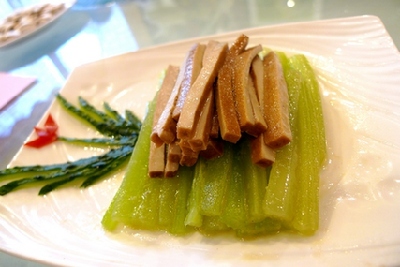 |
Seafood is the most notable ingredient of Lu Cuisine as Shandong is a costal province, including scallops, prawns, clams, sea cucumbers, and squid, which are all local ingredients of exemplary quality. Besides seafood, corn, peanuts, grains such as small grains, millet, wheat, oat and barley, and staple vegetables of Shandong province including potatoes, tomatoes, cabbages, mushrooms, onions, garlic and eggplants.
|
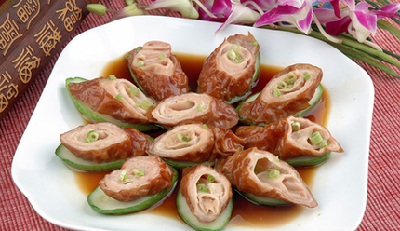 |
There are over thirty cooking techniques applied in Lu Cuisine, among which Bao technique (quick-fry) and Pa technique are frequently and well used in Lu Cuisine. In Bao (quick-fry), foods are deep-fried in very hot oil over high heat and then the oil is poured out and seasonings are added to the food, which is left in the wok. Pa technique, derived from Shandong Province, is first to cut the well-cooked ingredient into a particular shape, then stick some powder and fry it into golden, finally add some kind of sauce to sauté it while stirring continuously.
 |
 |

